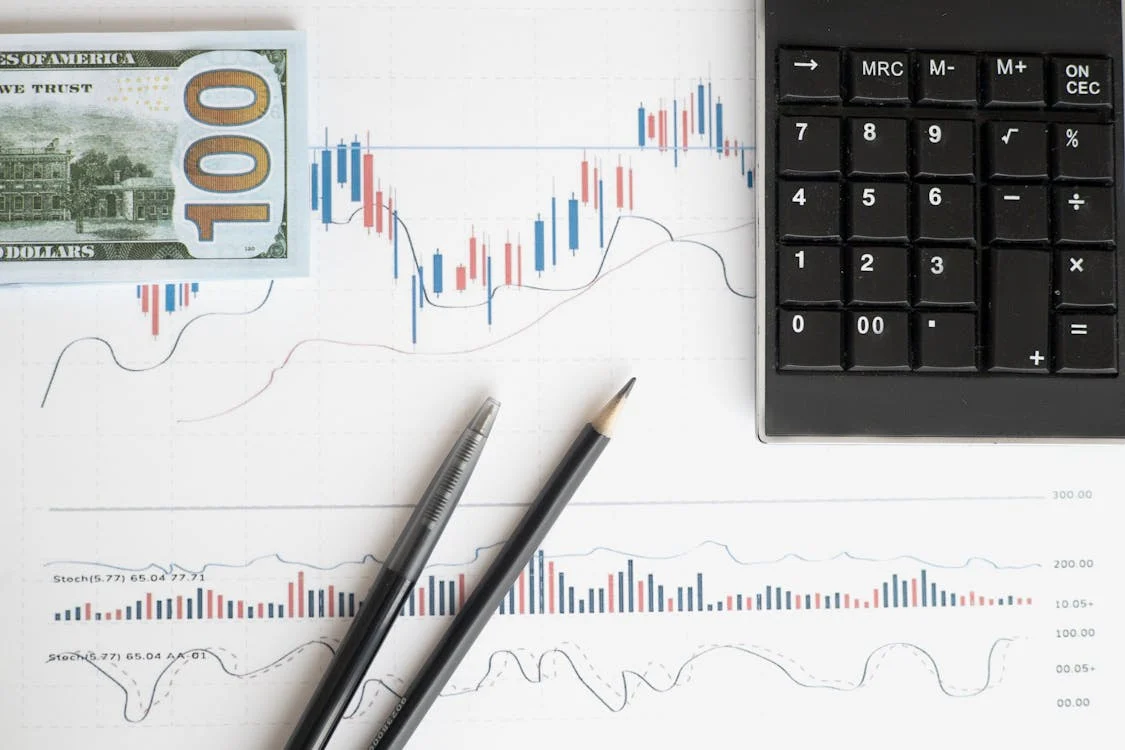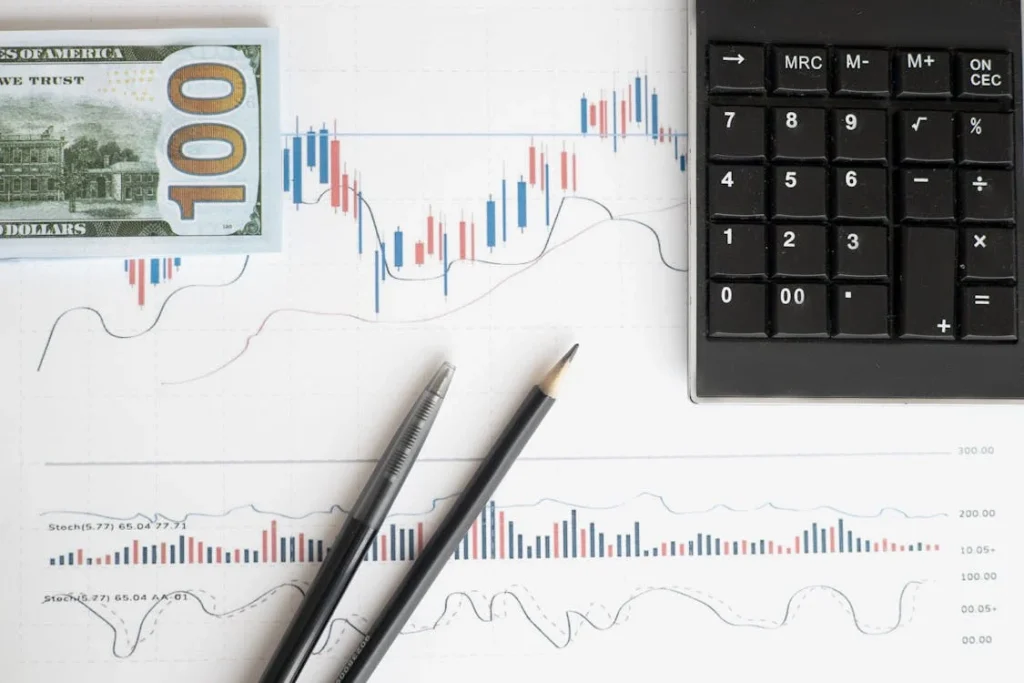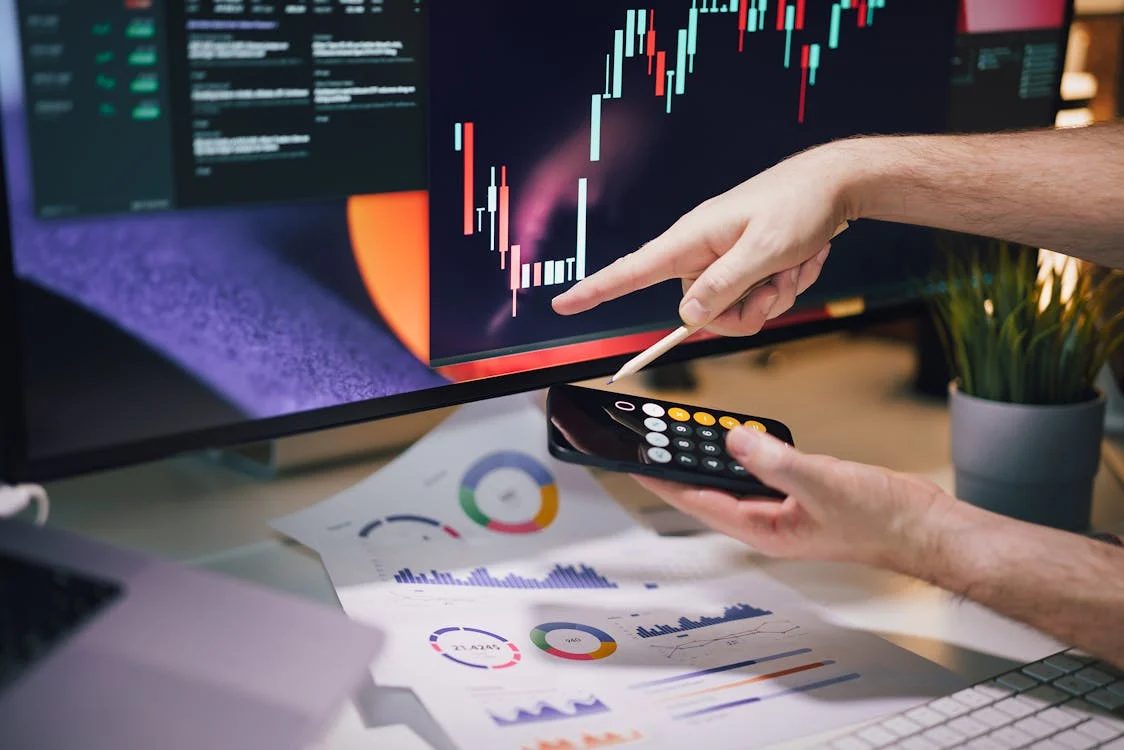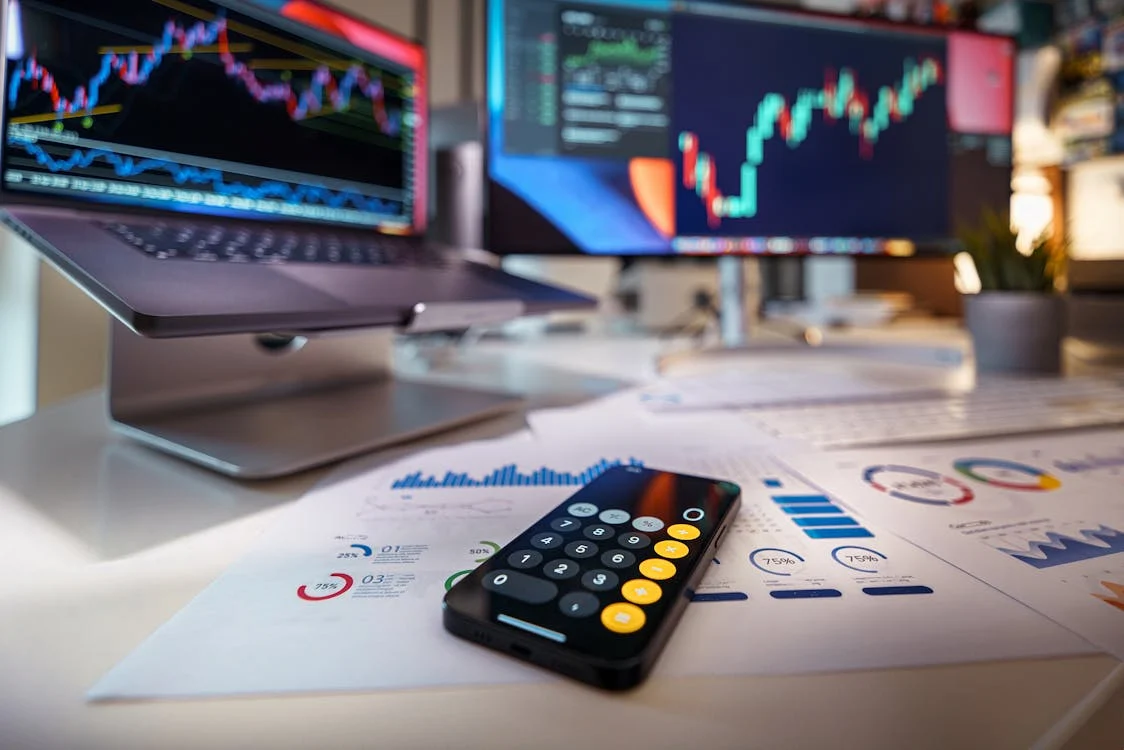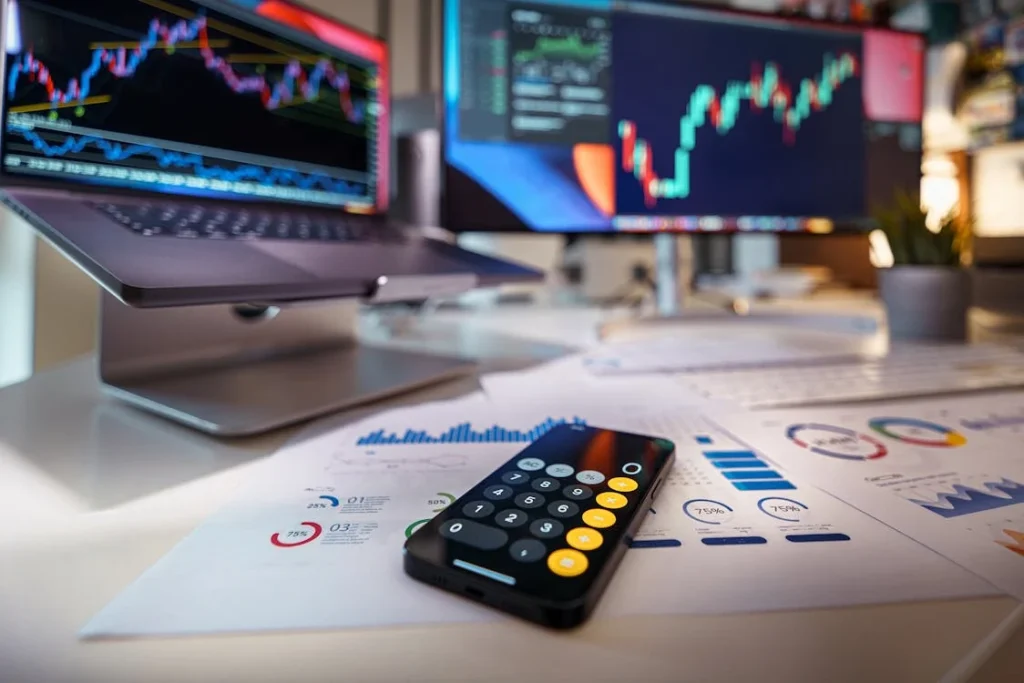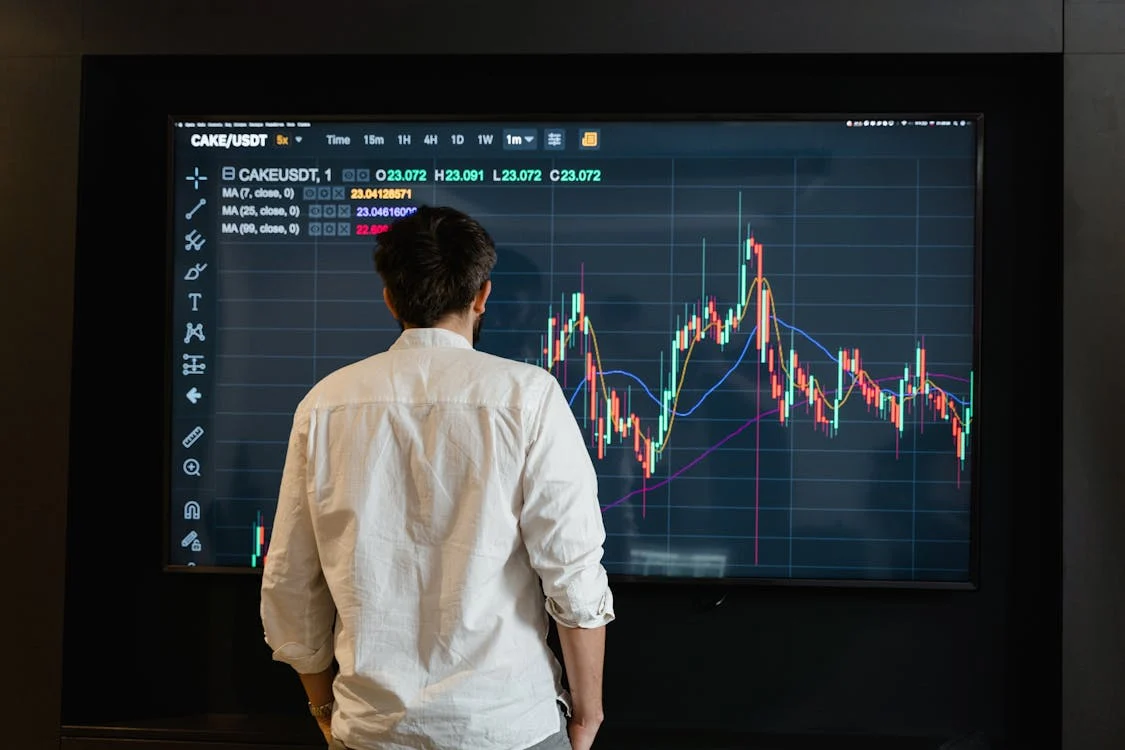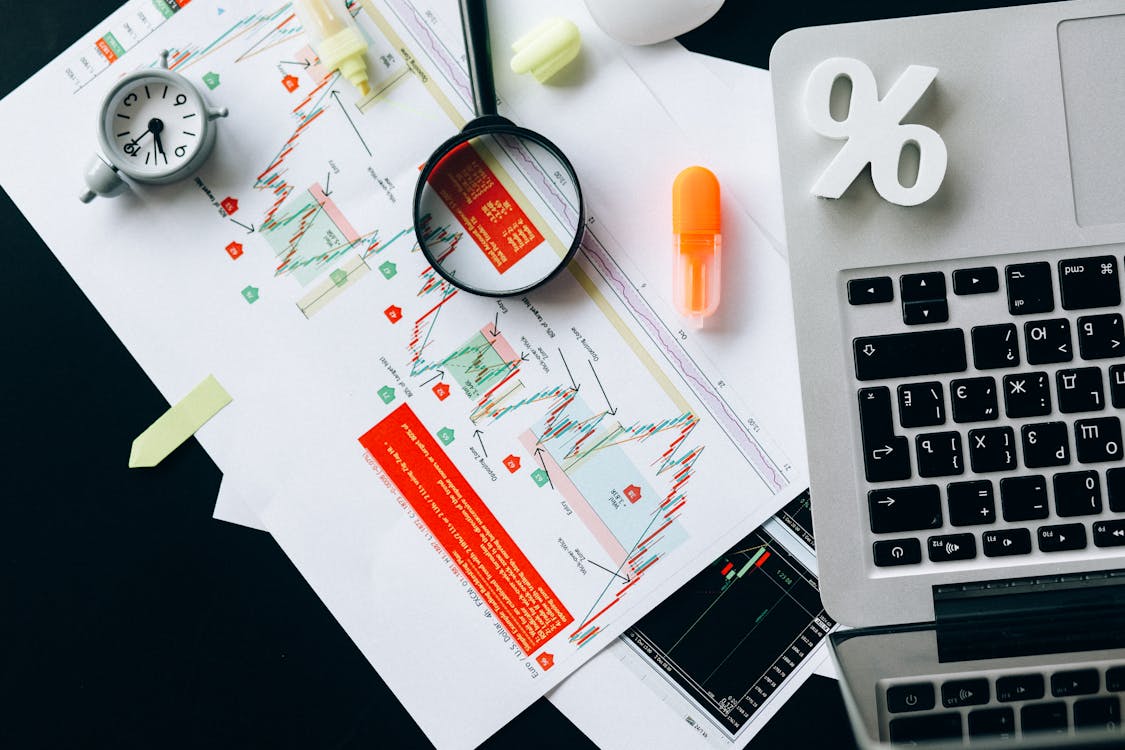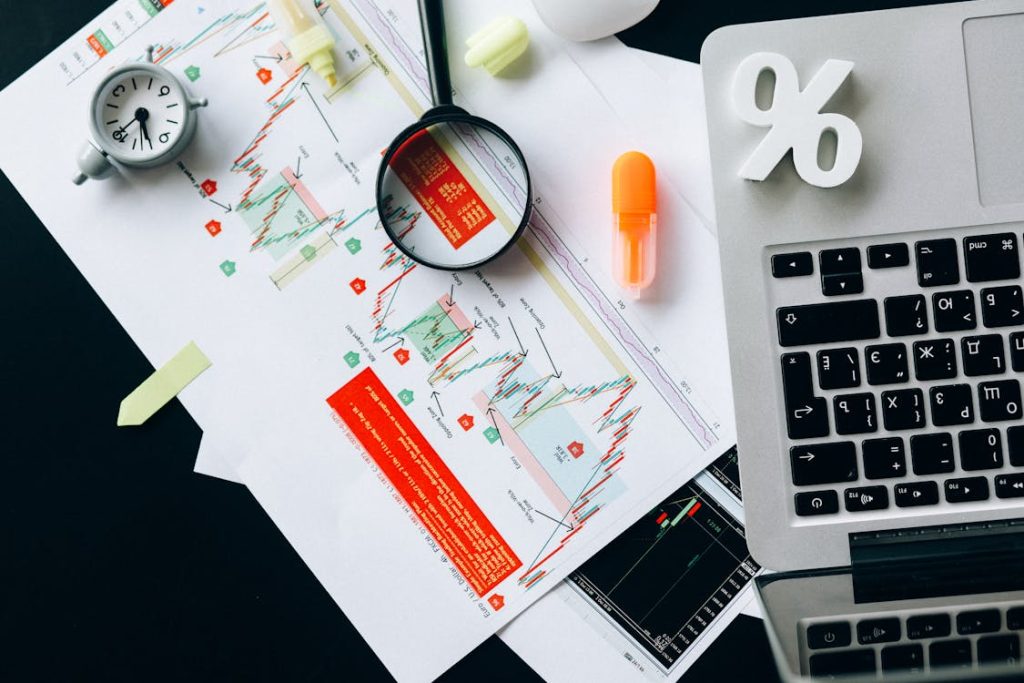Technical analysis is one of the most popular methods used by Forex traders to predict price movements and make informed trading decisions. Unlike fundamental analysis, which looks at the economic factors influencing currency prices, technical analysis focuses on historical price data and chart patterns to forecast future trends. In this article, we will explore the basics of technical analysis and how it can be applied in Forex trading.

What is Technical Analysis?
Technical analysis involves analyzing price charts, market data, and indicators to identify trends and patterns that can predict future price movements. The idea behind technical analysis is that price movements are not random, and they follow predictable patterns over time due to the behavior of market participants.
The primary tools used in technical analysis are charts, indicators, and oscillators. Traders use these tools to look for patterns, trends, and signals that can guide their trading decisions.
Key Components of Technical Analysis
1. Price Charts
The foundation of technical analysis is the price chart. Price charts display the historical movement of a currency pair over a specific period. The three most common types of charts used in technical analysis are:
-
Line Chart: The simplest form of a chart, showing a line that connects the closing prices of a currency pair over time.
-
Bar Chart: A more detailed chart showing the opening, closing, high, and low prices for each time period.
-
Candlestick Chart: A popular chart type that provides more information than bar charts. Each candlestick represents a specific time period and shows the open, close, high, and low prices. Candlestick charts are favored for their ability to display price action clearly.
2. Trendlines and Support/Resistance Levels
One of the first steps in technical analysis is identifying trends. Trends refer to the general direction of the market: up, down, or sideways. Traders use trendlines to mark the direction of the trend and determine entry and exit points.
-
Support levels are price points where a currency pair tends to stop falling and may start rising again. Support acts like a floor for prices.
-
Resistance levels are price points where a currency pair tends to stop rising and may reverse direction. Resistance acts like a ceiling for prices.
3. Moving Averages
A moving average is a technical indicator that smooths out price data by creating a constantly updated average price. The two most common types of moving averages are:
-
Simple Moving Average (SMA): The average of prices over a specific number of periods.
-
Exponential Moving Average (EMA): Gives more weight to recent prices, making it more responsive to recent price movements.
Moving averages help traders identify the overall direction of a trend and can act as support or resistance levels.
4. Oscillators and Indicators
Oscillators are tools used to identify overbought or oversold conditions in the market. The most common oscillators used in Forex trading are:
-
Relative Strength Index (RSI): A momentum oscillator that measures the speed and change of price movements. It ranges from 0 to 100, with readings above 70 indicating overbought conditions and readings below 30 indicating oversold conditions.
-
Moving Average Convergence Divergence (MACD): A trend-following momentum indicator that shows the relationship between two moving averages of a currency’s price. It is used to identify changes in the strength, direction, and duration of a trend.
Other important indicators include the Bollinger Bands, Stochastic Oscillator, and Fibonacci retracement levels.
How to Use Technical Analysis in Forex Trading
1. Identifying Trends
The first step in using technical analysis is identifying the market trend. If the market is trending upward, it is a bullish trend, and if it is moving downward, it is a bearish trend. A sideways market indicates a lack of trend or range-bound market.
Traders should use tools like trendlines and moving averages to help identify the trend and trade in the direction of that trend.
2. Recognizing Chart Patterns
Chart patterns are formations created by the price movements of a currency pair. Some of the most common chart patterns are:
-
Head and Shoulders: A reversal pattern that signals the end of an uptrend and the beginning of a downtrend.
-
Double Top/Double Bottom: Reversal patterns indicating a price level that will likely not be surpassed.
-
Triangles: Continuation patterns that indicate the price is likely to continue moving in the same direction after a period of consolidation.
Recognizing these patterns early can help traders make informed decisions about when to enter or exit a trade.
3. Using Indicators for Confirmation
Indicators can help traders confirm their trade signals and enhance their analysis. For example, if a bullish candlestick pattern forms at a support level, traders may use the RSI to confirm that the currency is not yet overbought. Similarly, a MACD crossover can confirm the strength of a trend.
4. Setting Stop-Loss and Take-Profit Orders
One of the key aspects of risk management is the use of stop-loss orders to limit potential losses. A take-profit order is used to lock in profits at a predefined price level.
Traders use support and resistance levels to set their stop-loss and take-profit orders. For example, if entering a long position at support, a trader may place a stop-loss just below the support level to limit risk.
Advantages of Technical Analysis in Forex Trading
-
Visual Tools: Price charts and indicators make it easier for traders to spot trends and patterns.
-
Objective Decision-Making: By relying on historical price data and indicators, traders can make decisions based on facts rather than emotions.
-
Versatility: Technical analysis can be applied to any currency pair and works on different timeframes, from short-term scalping to long-term trading.

